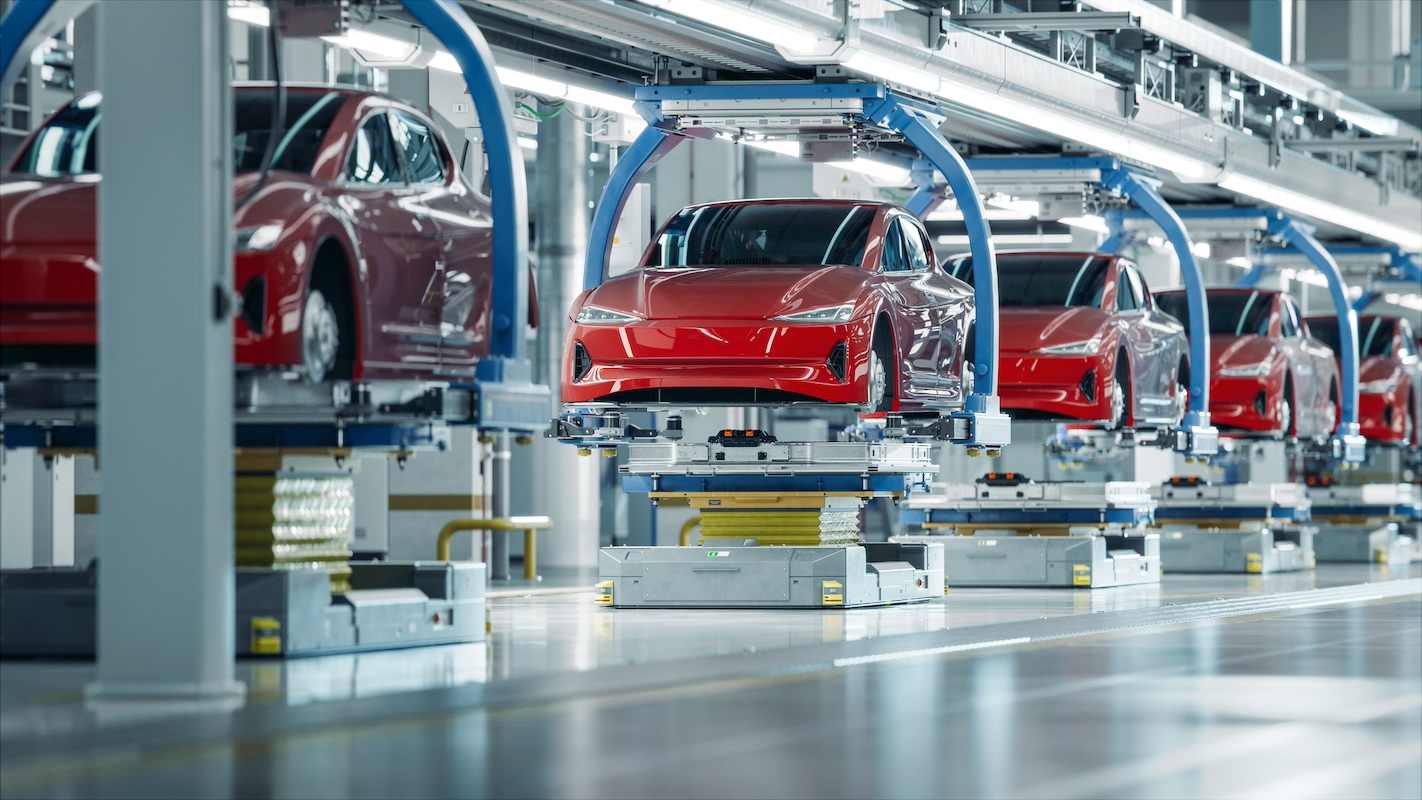6 EV Battery Innovations That Could Change the Automotive Industry

Electric vehicles (EVs) have won the confidence of consumers. New EV sales by year-end 2023 are anticipated to see a 35% increase over 2022, signaling a strong market that’s only gaining momentum.1
By now, EV popularity isn’t news. Manufacturers are churning out EV models in segments from light vehicle to commercial industrial, expanding the market with robust options. With more EV trends and applications, the question shifts from vehicle viability to the latest in EV battery innovations that ensure performance and promote sustainability.
The Evolution of Lithium-Ion Batteries
Lithium-ion batteries have been the leading rechargeable power technology for EVs. Initial worries over range, power, and charging time had consumers shying away from EV purchases.
However, development of solid state batteries that replace the liquid electrolyte with a solid one enhances energy density, charging times, and safety. Likewise, research-driven advancements in battery management systems, fast-charging technologies such as ports and connectors, and the evolution of smaller, lighter battery packs have bolstered buyer confidence.
One major issue that remains for lithium-ion batteries is the dependence on “transition minerals,” so named because the high-value materials aid in the transition to clean/renewable energy sources. Lithium, cobalt, nickel, manganese, graphite, and copper are all necessary in lithium-ion battery composition — the availability, mining, and relative expense of which present growing problems in production and environmental protection.
On the other hand, up to 95% of raw materials are recoverable from EV batteries. This offsets but doesn’t eliminate the impact of transition mineral dependance.2 Future projections that up to 27% of lithium, 46% of nickel, and 52% of cobalt may be recouped through recycling by 2050 holds promise, but time is of the essence for the EV market and the planet.2
Electric Vehicle Battery Advancements
Researchers the world over have taken up the challenge of advancing EV battery innovations. Among the most notable include:
- Vertical carbon nanotube electrode battery design that increases power by 10x, energy storage by a factor of 3x, and battery life cycle by 5x over current battery packs. Charging time is reported to be five minutes to attain 80% charge.
- Cobalt-free batteries eliminate the cobalt cathode in favor of one composed of 89% nickel, along with some aluminum and manganese. In addition to getting rid of a rare and expensive mineral, researchers in Japan claim higher energy density and a boost of vehicle range — achieving up to 500 miles on a single charge.
- Silicon anode batteries that combine mesoporous (earth-friendly barley husk ash) silicon microparticles and carbon nanotubes to essentially replace graphite, resulting in battery performance that may result in 10x increased battery capacity.
- Seawater-based batteries that extract materials from seawater to replace current heavy metals in batteries, cutting costs while increasing energy density and power.
- Sand-based batteries that improves battery lifespan by using pure silicon created from sand to triple battery performance, as compared to graphite-based lithium-ion batteries.
- Battery charging by Wifi, ultrasound, and biological semiconductor technologies that leverage radio, electromagnetic, sound, and organic peptide compounds to make battery charging convenient, connector-free, and be completed in minutes.
Factoring In Expert Battery Powder Processing
Current, near-term, and future EV battery innovations are more than exciting. They are shaping the competitive landscape within the automotive industry, and opportunities for EV battery suppliers to create value and differentiation.
To that end, working with a toll processor with proven experience in battery powder processing is essential to maximize yield from high-value materials such as lithium, cobalt, nickel, manganese, graphite, and copper.
What’s more, the sophistication of the technologies, equipment, dry box capabilities, and methods used to achieve uniform particulates — and desired EV battery formulations — demand the expertise of a collaborative partner such as CPS.
Learn more about what the future of electric vehicles looks like — and a toll processing partner’s place in it — by downloading our guide, Powder Processing or EV Batteries. Click below for your copy!
SOURCES
1International Energy Agency (IEA), Electric Vehicles: Latest Findings, 2023
2CleanTechnica, Recycling EV Batteries — Jumping In, December 24, 2022


.png?width=100&height=110&name=CPS-Logo-rgb-no-callout%20(1).png)
